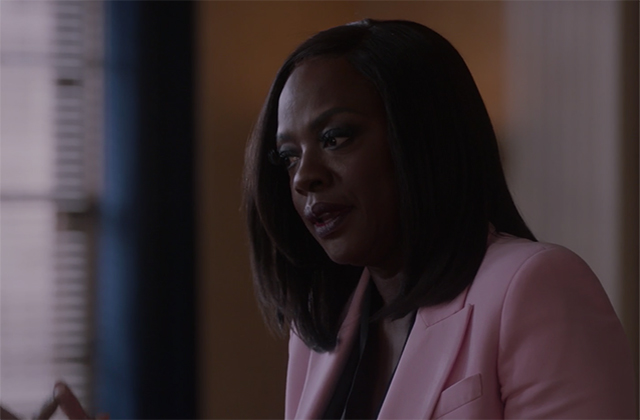Color of Change released a report on January 21 that examines how scripted television shows that focus on crime—which reportedly accounted for more than 60 percent of shows in 2019—give Americans the wrong idea about crime, law, race and gender.
“In the world of television, everyday people of color are generally perpetrators, not victims,” Color of Change president Rashad Robinson writes in the introduction of “Normalizing Injustice.” “People of color in authority are generally supportive of the system and endorsers of the status quo, not agitators for changing it. Neither are true in the real world.”
The problem, according to the study, begins in the writers’ room, where White writers are either the majority or the only race present. This includes shows such as “The Blacklist,” “Law & Order: Special Victims Unit” (which is notably nearly 60 percent male), “Blindspot,” “NCIS,” “Blue Bloods” and “Elementary.” When writers of color are present, the report notes that they are often marginalized.
The authors examined 26 shows from the 2017-2018 television season and noted all conversations, scenes and storylines that addressed race and racism or made any mention of racial issues involving the criminal justice system. When it came to how race was portrayed, the study found that the experiences of people of color in the system were rarely addressed. On the other hand, when a person was seen as having done something wrong, they were either a person of color or a woman 64 percent of the time.
Other notable findings from the study, include:
rnt
- Eighteen of 26 series depicted “Good Guy” CJPS (criminal justice persons) committing more wrongful actions than did those CJPs depicted as the “Bad Guys,” thereby framing wrongful actions as relatable, forgivable, acceptable and ultimately good. Most series conveyed the idea that whatever a CJP does is inherently “right” and “good” by virtue of it being done by a CJP, especially a beloved main character.
rntrnt
- Several series seemed to use people of color characters as validators of wrongful behavior by either depicting people of color CJPs as perpetrators or supporters of wrongful actions, or by depicting them as tacit endorsers. […] The series with the highest rates of people of color CJP characters committing wrongful actions were “Luke Cage,” “9-1-1,” “How to Get Away with Murder,” “Lethal Weapon” and “Elementary.”
rntrnt
- Almost all series conveyed the impression that change is not needed: they depicted a system that does not actually have serious problems related to race, gender, violence and the abuse of power.
rntrnt
- Viewers were least likely to see victims of crimes portrayed as women of color. Black women were rarely portrayed as victims: 9 percent of all crimes, and 6 percent of primary crimes. The likelihood that primary crime victims were White men was 35 percent, White women 28 percent, men of color 22 percent (Black men 12 percent) and women of color 13 percent. “Law & Order: Special Victims Unit” had the second highest level of depictions of women victims, but the lowest level of depictions of people of color victims.
rn
“Despite all the statements about inclusion and equity, and all the commitments to ensure authentic and responsible representation, the scripted crime genre provides daily proof of how far we have to go when it comes to rewriting the rules of the industry to ensure authentic, accurate and non-dehumanizing portrayals of Black people and the issues that affect Black people,” reads the report. “Hollywood must share in the responsibility for the impact these portrayals have on society.”
Read the complete report.
